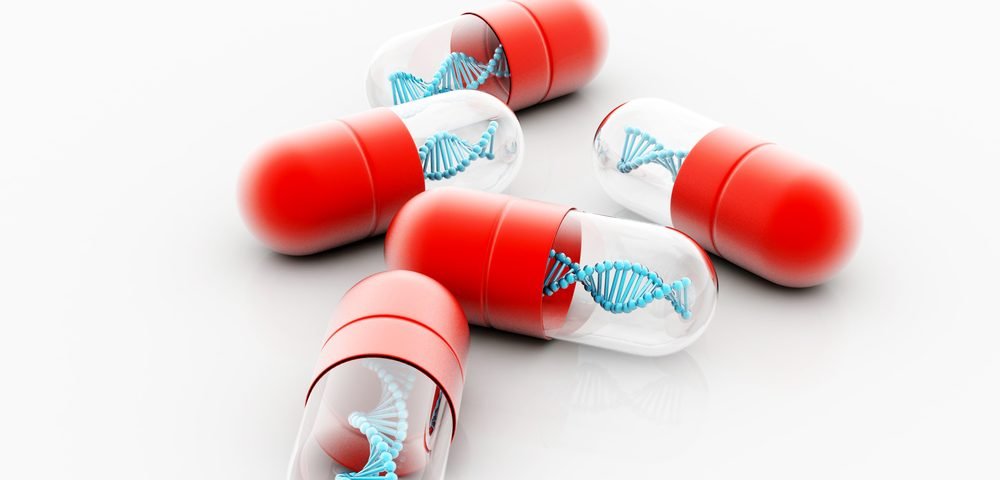Locally advanced cervical cancer (LACC) may be treated with a combination of neoadjuvant chemotherapy (administered before surgery) and p53 gene therapy, according to a new clinical trial.
The trial results, titled “Efficacy of recombinant human adenovirus-p53 combined with chemotherapy for locally advanced cervical cancer: A clinical trial,” were published in the journal Oncology Letters.
LACC refers to a group of high risk cervical cancers with poor prognosis. According to researchers, young patients with LACC prefer neoadjuvant chemotherapy rather than radical surgery, but the effectiveness of that procedure still requires improvement.
The p53 protein plays an essential role as a cancer suppressor gene. Previous studies have shown that p53 is the most frequently altered gene in more than half of human cancer types. Therefore, delivering functional copies of p53 may be a promising antitumor strategy for some malignant tumors, as some gene therapy studies have already shown.
The aim of the trial was to assess the efficacy and safety of p53 gene therapy combined with neoadjuvant chemotherapy in 40 patients in China with LACC. Patients were divided into two groups with 20 individuals each: the PVB group (cisplatin plus vincristine plus bleomycin, intravenously) and the combined group (p53 gene therapy and neoadjuvant chemotherapy).
All patients received a course of chemotherapy, but only the patients in the combined group received three intratumoral p53 injections at intervals of three days.
Researchers then assessed tumor size, side effects, and the ability of the new p53 copies to decrease the expression of two genes associated with cancer growth: VEGF and MVD. These parameters were compared to 18 samples obtained from control patients with cervical cancer who did not undergo chemotherapy, radiotherapy, or gene therapy.
Results showed that both treatments induced different efficacy responses. Indeed, 95% of patients in the combined group saw benefits: two complete responses, 17 partial responses, and one stable disease, compared to 75% of patients in the PVB group: 15 partial responses and five patients with stable disease. The tumor size was significantly decreased by more than 15 cm2 in the combined group, compared to approximately 11.5 cm2 in the PVB group.
The activity of VEGF and MVD was decreased in both the PVB and combined groups, and significantly lower than in samples from control patients.
Both groups experienced side effects, mainly gastrointestinal reactions, bone marrow suppression, liver damage, and fever. However, researchers found no indication that these effects were associated with p53 gene therapy.
“We realized that [p53 gene therapy] can effectively inhibit the expression of the mutant p53 protein, and inhibit the … expression of VEGF once it gets into tumor cells,” researchers wrote. “This reduces tumor angiogenesis [production of new blood vessels] and is more effective in shrinking tumor volume after interaction with chemotherapeutic drugs.”
“In addition to its anti-cancer effect, [p53 gene therapy] can increase sensitivity to chemotherapy for cervical cancer,” they added. “Therefore, [p53 gene therapy], when combined with chemotherapy drugs, is effective for cervical cancer patients.”

